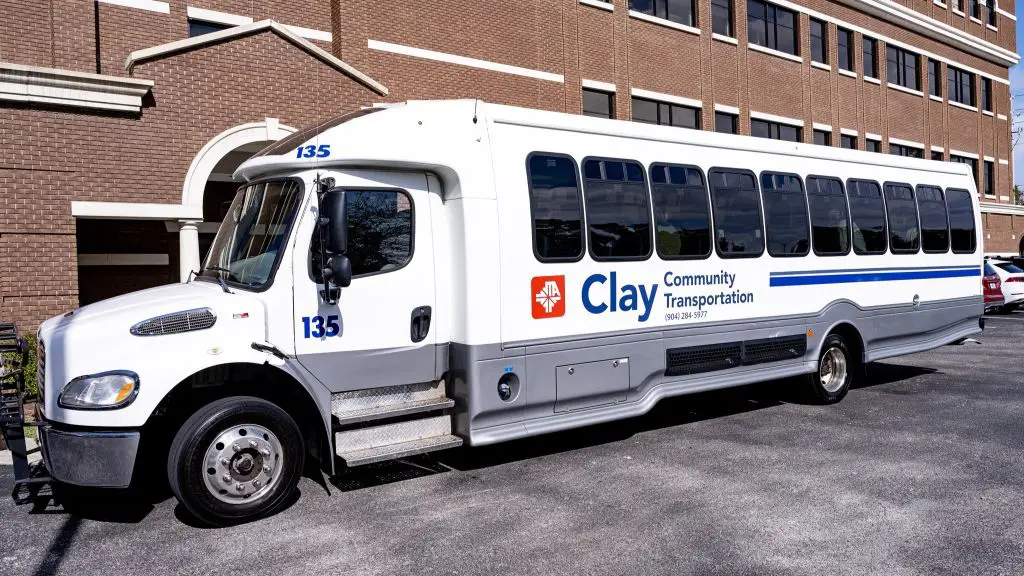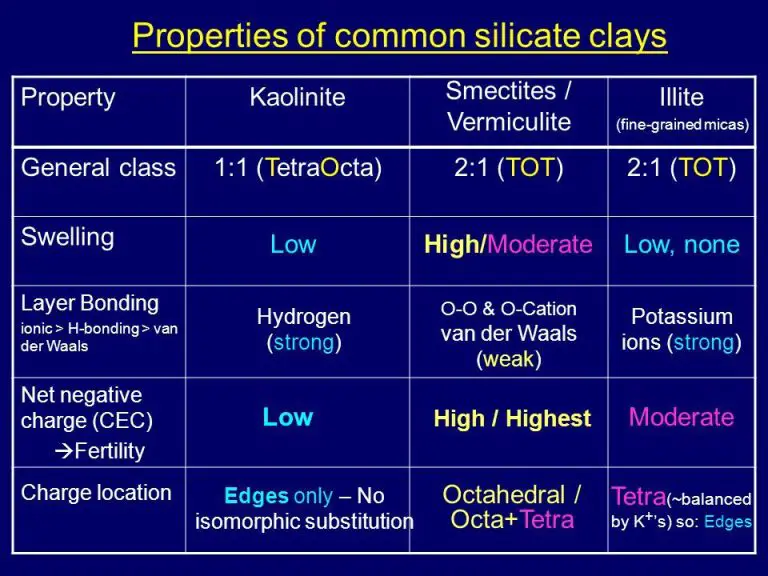Is Clay County Florida Rural?
Clay County is located in the northeastern part of Florida, along the St. Johns River. With a population of around 220,000 people, it contains a mix of urban and rural areas. When classifying counties as rural or urban, the Census Bureau looks at population size and density, commuting patterns, and the size of the largest cities. Rural counties have lower population densities, smaller cities, more farmland and natural areas, and residents who are more likely to work in resource-based industries. Urban counties have higher population densities, large metro areas, more businesses and infrastructure, and greater economic diversification. This article will examine several factors to determine whether Clay County leans more rural or urban in its characteristics.
Location and Geography
Clay County is located in the northeastern part of Florida, situated along the west bank of the St. Johns River. The county covers a total land area of 644 square miles, making it the 53rd largest county in Florida by size. It is bordered by Duval County to the north, St. Johns County to the east, Putnam County to the south, and Bradford County to the west.
Geographically, Clay County contains varied landscapes including wetlands, forests, lakes, and rivers. Much of the land consists of low, flat plains and swampland. The terrain becomes hillier and more elevated in the western part of the county. Prominent geographical features include Black Creek, Doctors Lake, Kingsley Lake, and the St. Johns River which forms the eastern boundary of the county.
Overall, Clay County has a humid subtropical climate characterized by hot, humid summers and mild, dry winters. Its location inland from the Atlantic Ocean and its low elevation result in warmer temperatures compared to coastal areas of northeast Florida.
Sources:
https://en.wikipedia.org/wiki/Clay_County,_Florida
https://datausa.io/profile/geo/clay-county-fl
Population Size and Density
According to the U.S. Census Bureau, the population of Clay County, Florida was 218,250 as of April 1, 2020. By July 1, 2023, the population had grown to an estimated 226,589 residents.
With a total area of 644 square miles, the population density of Clay County is 348 people per square mile as of the 2020 census. This makes Clay County moderately populated compared to other counties in Florida, which had an average population density of 402 people per square mile statewide in 2020.
Largest Cities and Towns
The largest city in Clay County is Green Cove Springs, the county seat, with a population of 8,680 as of 2024 according to World Population Review. Other major cities and towns in Clay County include Orange Park (29,849), Oakleaf (11,811), Middleburg (7,164), and Keystone Heights (2,360).
The smallest incorporated city in Clay County is Penney Farms, with a population of just 778 as of 2024. Overall, Clay County has a relatively low population density and is predominantly suburban and rural, with most residents living outside of the larger cities and towns.
According to Wikipedia, while most of Clay County is unincorporated, the largest unincorporated community is Lakeside, which had a population of 30,683 as of the 2020 census.
Economy and Industry
Clay County has a diverse economy with major industries including manufacturing, healthcare, retail trade, and construction according to data from DataUSA. Some of the top employers in the county are the Clay County School District, Clay County government, Orange Park Medical Center, Camp Blanding, and Walmart Supercenter.
Manufacturing is a major employer, with companies like Anheuser-Busch, Lakeside Foods, Milacron Plastics Technologies, and others operating facilities in Clay County according to the Clay County Economic Development Department. This provides stable manufacturing jobs for many residents.
The healthcare industry has a large presence as well, anchored by Orange Park Medical Center which employs over 2,000 people. Other major healthcare employers include Haven Hospice, Life Care Centers of America, Orange Park Surgical Center, and more. This provides healthcare jobs for Clay County residents.
Retail is another big employer in the county. Walmart Supercenter is the largest single private employer, and other major retailers like Publix, Target, Sam’s Club, and local shops also provide retail jobs. Construction is also a major industry and source of local jobs in Clay County’s growing economy.
Infrastructure
Clay County has been steadily improving its transportation infrastructure in recent years. The county government maintains an extensive network of roads and highways that connect its cities, towns, and rural areas (Clay County Road Projects). Major transportation infrastructure projects include widening highways, building new overpasses, and improving intersections to reduce congestion. Significant investments are also being made into public transportation, including plans for new bus routes to improve mobility across the county.

Access to essential services like healthcare facilities, schools, utilities, and emergency responders is generally good across Clay County. The county seat and most populated city, Green Cove Springs, acts as a central hub for many key services. More rural parts of the county may be further away from certain services but are still connected by the transportation network. Recent state grants for infrastructure improvements will continue to boost access in Clay County (FL Job Growth Grant). Overall, investments into transportation and infrastructure are helping connect Clay County residents to jobs, services, and economic opportunities.
Housing
Clay County has a mix of housing options, including single family homes, apartments, condos and mobile homes. According to the State Housing Initiative Program, the county provides affordable housing for the elderly and lower income residents through programs like SHIP and the Housing Choice Voucher Program.
The median home value in Clay County is $178,100, which is slightly lower than the national median of $229,000. Home values range from more affordable starter homes in the $100,000-$150,000 range to luxury properties over $500,000. Rental prices are also relatively affordable, with average rent for a 1-bedroom apartment around $900 per month.
While parts of Clay County like Orange Park are more suburban with newer housing, other areas have older homes, mobile homes, and apartments. Rural areas provide very inexpensive housing options but fewer amenities. Overall, Clay County offers a range of housing to suit different incomes and lifestyles.
Lifestyle
Clay County, Florida offers a relaxed suburban lifestyle with ample opportunities for outdoor recreation. Many residents enjoy the county’s natural beauty, spending time boating, fishing, hiking, and golfing. The St. Johns River runs through the county, providing scenic waterfront views and access for recreational activities. Several state parks like Camp Blanding and Jennings State Forest offer camping, hunting, biking, and nature trails.
For leisure, Clay County has a thriving arts scene, museums, festivals, farmer’s markets, and local wineries. The Clay County fairgrounds host events like rodeos, concerts, antique shows, and the annual county fair. The county also has a vibrant faith community, with regular church services, bible studies, and youth groups. Families make use of the county’s many parks, pools, playgrounds, and sports leagues for their children. The suburban towns provide easy access to shops, restaurants, libraries, and other amenities for daily needs.
Overall, Clay County offers a balanced lifestyle between small-town charm and conveniences of suburban living. Natural beauty, recreation, arts and community events allow residents to enjoy the pleasures of a laidback Florida lifestyle. The county provides a friendly, safe environment to raise a family with plentiful activities for people of all ages.
Rural Classification
According to the US Census Bureau, Clay County is considered part of the Jacksonville, FL metropolitan statistical area. Metropolitan counties are generally characterized as urban rather than rural. The Census Bureau classifies metropolitan counties as part of a metro area that contains a core urban area of 50,000 or more population. Clay County’s inclusion in the Jacksonville metro area means it does not meet the criteria to be considered a rural county.
However, within Clay County there are still some rural pockets, especially in the western part of the county. According to the Clay County government website, nearly 75% of the county’s land area remains rural and agricultural (Clay County Government). So while Clay County as a whole is considered part of an urban metro area, a significant portion of it still maintains a rural landscape and lifestyle.
Conclusion
Based on the information presented, it can be concluded that Clay County, Florida is more rural than urban. While parts of Clay County like Orange Park and Middleburg are becoming more suburban, a significant portion of the county remains sparsely populated with an economy still tied to agriculture and natural resources. The low overall population density, lack of any major cities, and the large share of land dedicated to forests and farms makes Clay County lean more rural than urban. However, continued growth in suburbs and exurbs means Clay County is becoming more of a mixed urban-rural county over time. But for now, it remains primarily a rural county in north Florida.

